In 2021, the wireless wars intensified — to your benefit
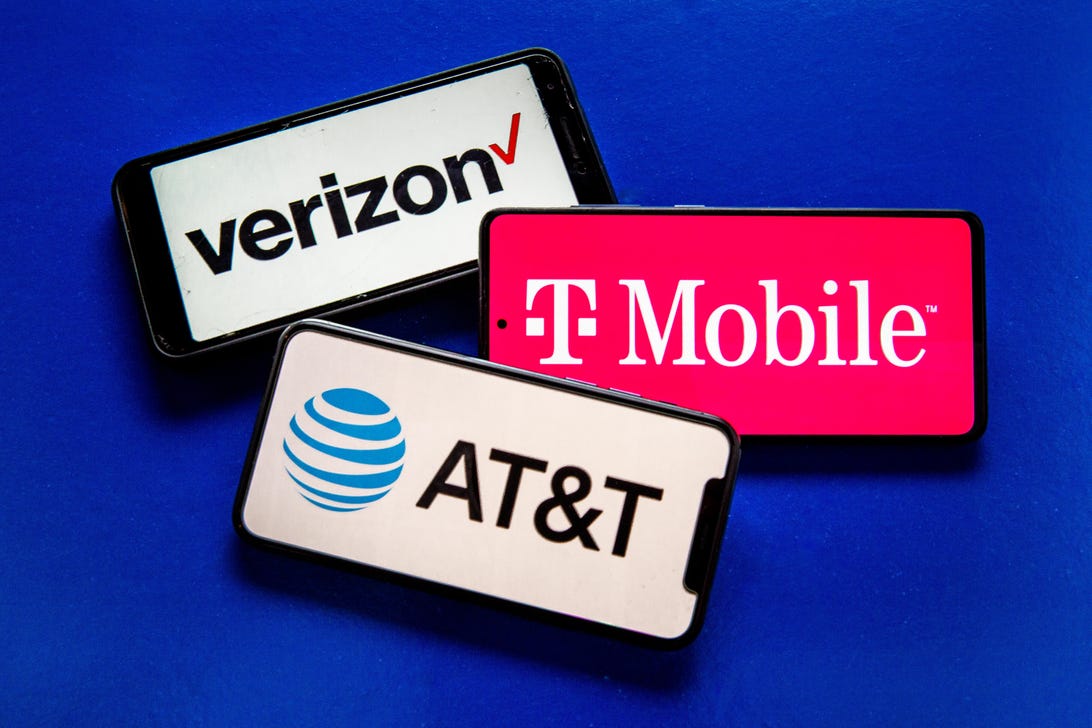
Sarah Tew/CNET
The wireless carriers took scrappy to a whole new level this year. A shift in the industry’s landscape, transformed by last year’s merger between T-Mobile and Sprint, meant competition in 2021 was more intense than it had been in years.
That competitive dynamic was a boon to consumers, who saw aggressive promotional offers and streaming freebies designed to keep people from switching to a rival (even if it meant a quasi return of the contract, in the form of long phone-payment installment plans). Still, 2021 was a good year if you were looking for a deal on a new device.
It’s a good thing those offers were on the table, because 5G itself, long billed as a transformative leap in wireless performance, was ho-hum. With people still home for much of the year, 5G wasn’t as useful as it could’ve been. And even when you were out, the speeds and experiences generally weren’t mind-blowing.
The carriers, however, were busy laying the groundwork for improved service down the line, including spending billions of dollars on C-band spectrum, the new “beachfront property” in the radio airwaves market because it’ll allow the carriers to offer 5G with a nice mix of speed and range.
Here’s a recap of some of the biggest events in the wireless world this past year.
The highs and lows of C-band
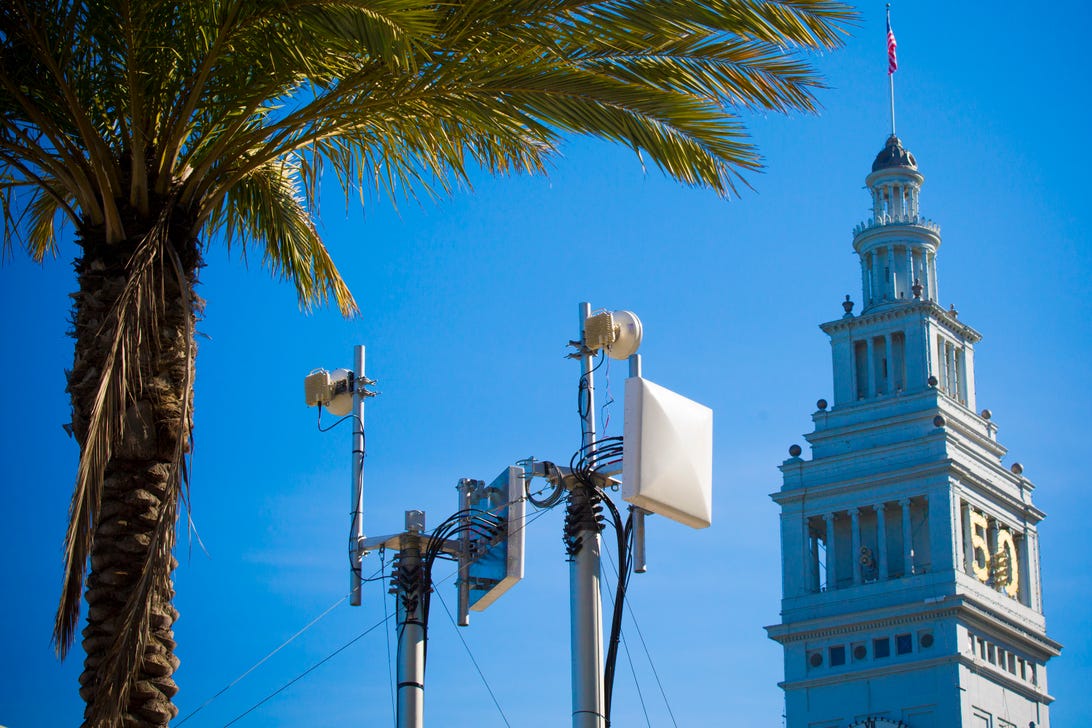
James Martin/CNET
- The three national US carriers spent $81 billion trying to bolster their 5G networks with fresh wireless spectrum from the government-run C-band auction.
- Verizon was the biggest spender, shelling out nearly $53 billion, with AT&T spending more than $27 billion. Both carriers had hoped to begin launching faster 5G services using these airwaves in parts of the country at the end of the year… before things took a turn.
- In November, the Federal Aviation Administration raised concerns about how C-band might interact with altimeters on planes. This has led AT&T and Verizon to pause their initial planned Dec. 5 rollouts until January, with revised power limits now planned for service around airports.
- When C-band finally comes online, it should provide a boost to AT&T and Verizon users looking for a noticeable increase in 5G performance. Verizon has said the new spectrum will let it offer peak download speeds of 1 gigabit per second.
- Verizon plans to cover 100 million people with C-band 5G by March, expanding to 175 million by the end of next year and 2023. AT&T plans to cover 70 million to 75 million people by the end of 2022, expanding to more than 100 million people by “early” 2023.
A growing T-Mobile 5G lead
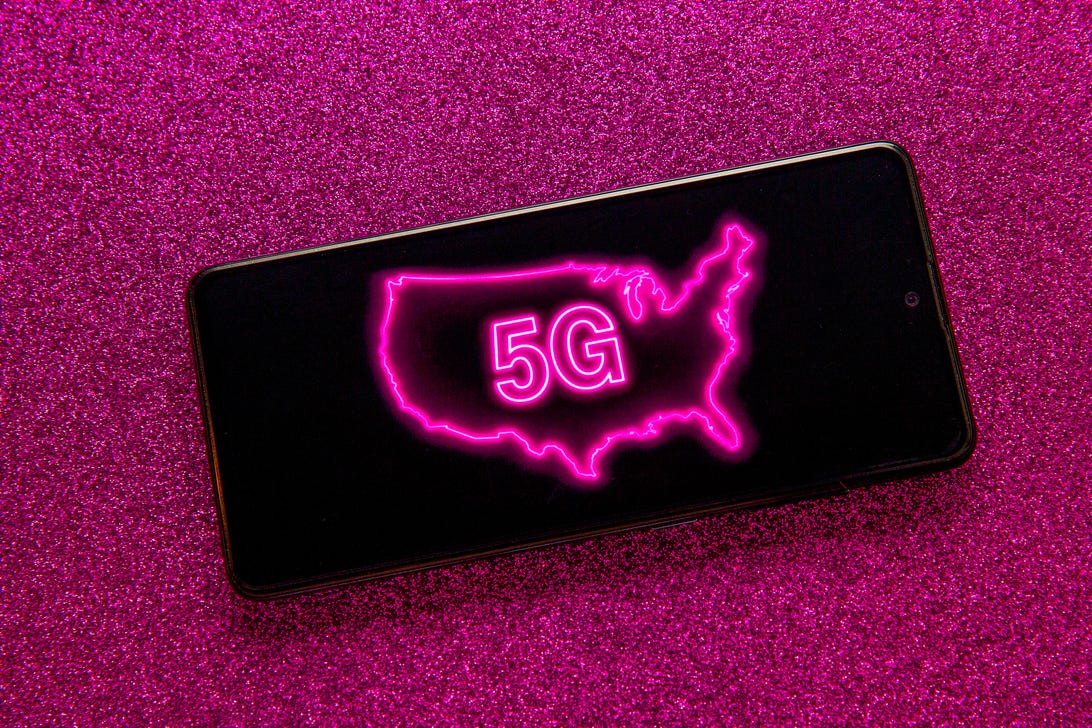
Sarah Tew/CNET
- T-Mobile spent $9.3 billion on C-band, but it won’t be able to touch it until the end of 2023. Whereas Verizon and AT&T could benefit from the fresh spectrum more immediately, T-Mobile isn’t under the same pressure, thanks to its purchase of Sprint, which came with a large amount of similar midband spectrum.
- The carrier continued building out its 5G advantage in 2021 and now offers its faster midband flavor (that it calls Ultra Capacity 5G) to 200 million people. Its wider-reaching (but slower) low-band form of 5G now reaches 308 million people.
- The Ultra Capacity flavor (T-Mobile is targeting average download speeds of 400Mbps) offers a notable speed bump from 4G LTE and low-band 5G.
- The rollout of midband 5G has allowed T-Mobile to also start offering competitive home internet service with unlimited data for $50 per month.
Read more: From 5G Ultra Wideband to 5G Ultra Capacity, we break down the many names of 5G
No more contracts, but longer installment plans and new streaming deals
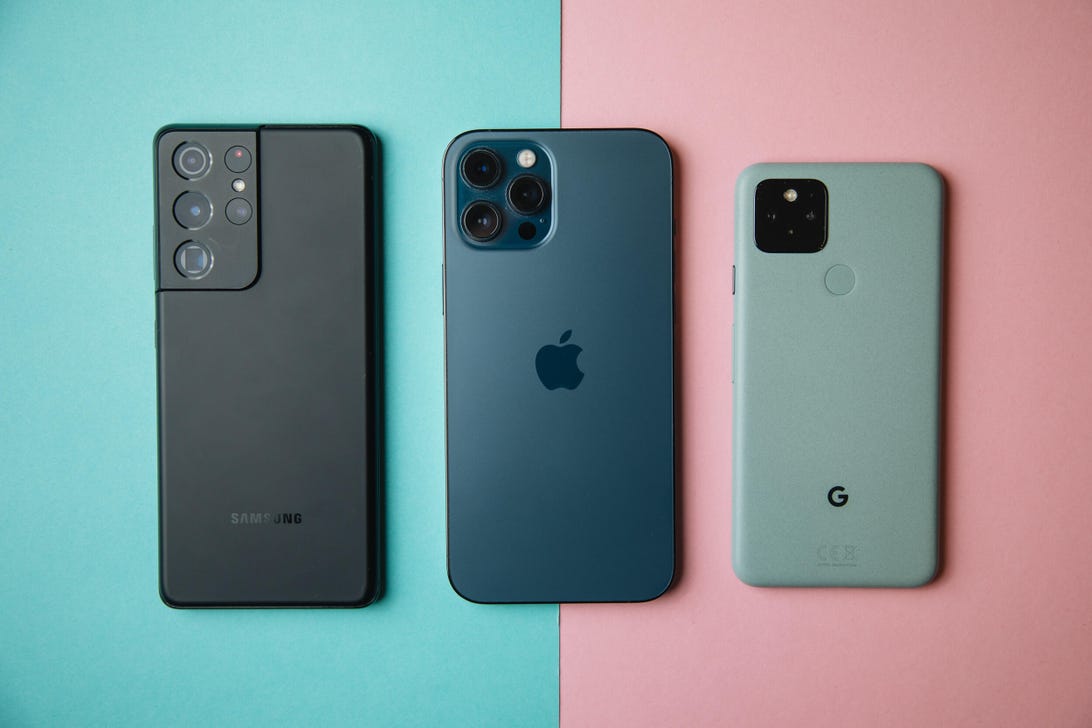
Andrew Hoyle/CNET
- With T-Mobile opening up a noticeable 5G lead for its network, all major carriers continued to double down on deals to keep existing consumers tied to their services and on newer unlimited plans.
- Verizon rolled out a promotion several times throughout the year that allowed people to trade in broken phones for new 5G ones, so long as you also signed up for a pricier installment plan. You also needed to commit to staying with the carrier for at least 24 months. If you wanted to leave early, you’d risk forfeiting the credits you’d receive for that old device and would need to pay out the remaining balance owed.
- AT&T got particularly aggressive around the iPhone 13’s launch by offering up to $1,000 off with trade-in of a device. Though it didn’t require any recent specific unlimited plans for those looking to switch to Apple’s latest devices, its deals required a commitment of 36 months, or else the credits would be given up and you’d need to pay the balance owed.
- T-Mobile, in pushing its top-tier Magenta Max plan, added a new Forever Upgrade program that’ll guarantee you “up to $800” toward your next upgrade (or $700 in the case of the iPhone 13 Mini) if you buy a new iPhone on that plan and stay with the carrier for two years. By guaranteeing a trade-in value, the carrier is hoping to lay the groundwork for keeping you as a customer (and on a pricey plan) well before you’re even thinking about trading in the phone you’re buying today for a future upgrade.
- Verizon and T-Mobile also continued expanding the bundling of streaming services with their plans. The former added free-year offers for Discovery Plus and AMC Plus to its plans at various points throughout the year, and the latter offered a free year of Apple TV Plus and Paramount Plus to its subscribers.
A Dish… start?
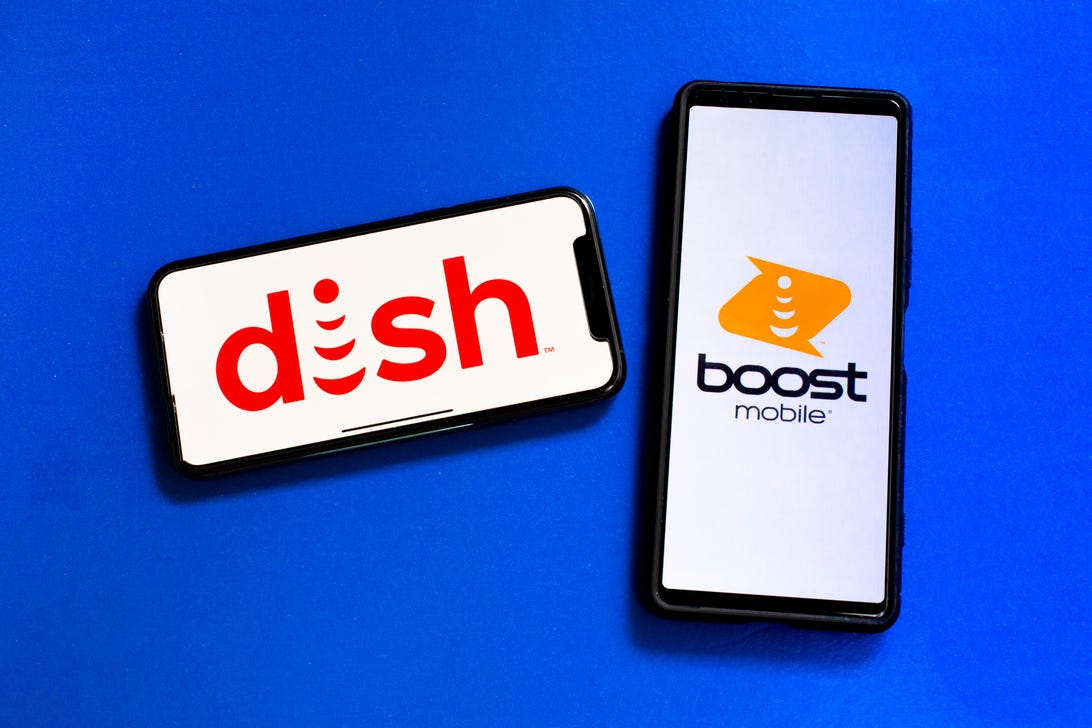
Sarah Tew/CNET
- As part of the Sprint deal in 2020, T-Mobile divested itself of Boost Mobile and other assets to satellite TV provider Dish Network to help turn that company into a fourth wireless provider.
- After years of spending billions of dollars acquiring valuable spectrum, Dish has been working on building out its own network.
- Though the Sprint deal granted Dish the ability to use T-Mobile’s network for seven years, the two companies had a spat this year over T-Mobile’s plan to shutter Sprint’s aging 3G network early next year.
- While T-Mobile has postponed the shutdown from January to the end of March, the animosity between the two providers led Dish to broker a deal to roam on AT&T’s network.
- Dish has talked a big game over the past few years and in 2021 took steps toward actually building out that long-promised network. The company started building a 5G network in at least Las Vegas, launched its first 5G phone and teased a “Project Gene5is” for its upcoming network launch.
- That said, it has yet to turn on a 5G network for consumers, despite previously telling CNET it planned to have multiple 5G cities online by the end of 2021.
For all the latest world News Click Here

